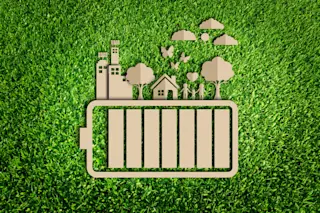Nuclear power has long been a contentious topic. It generates huge amounts of electricity with zero carbon emissions, and thus is held up as a solution to global energy woes. But it also entails several risks, including weapons development, meltdown, and the hazards of disposing of its waste products.
But those risks and benefits all pertain to a very specific kind of nuclear energy: nuclear fission of uranium or plutonium isotopes. There’s another kind of nuclear energy that’s been waiting in the wings for decades – and it may just demand a recalibration of our thoughts on nuclear power.
Nuclear fission using thorium is easily within our reach, and, compared with conventional nuclear energy, the risks are considerably lower.
Thorium’s Story
Ideas for using thorium have been around since the 1960s, and by 1973 there were proposals for serious, concerted research in the US. But that program fizzled to a ...














